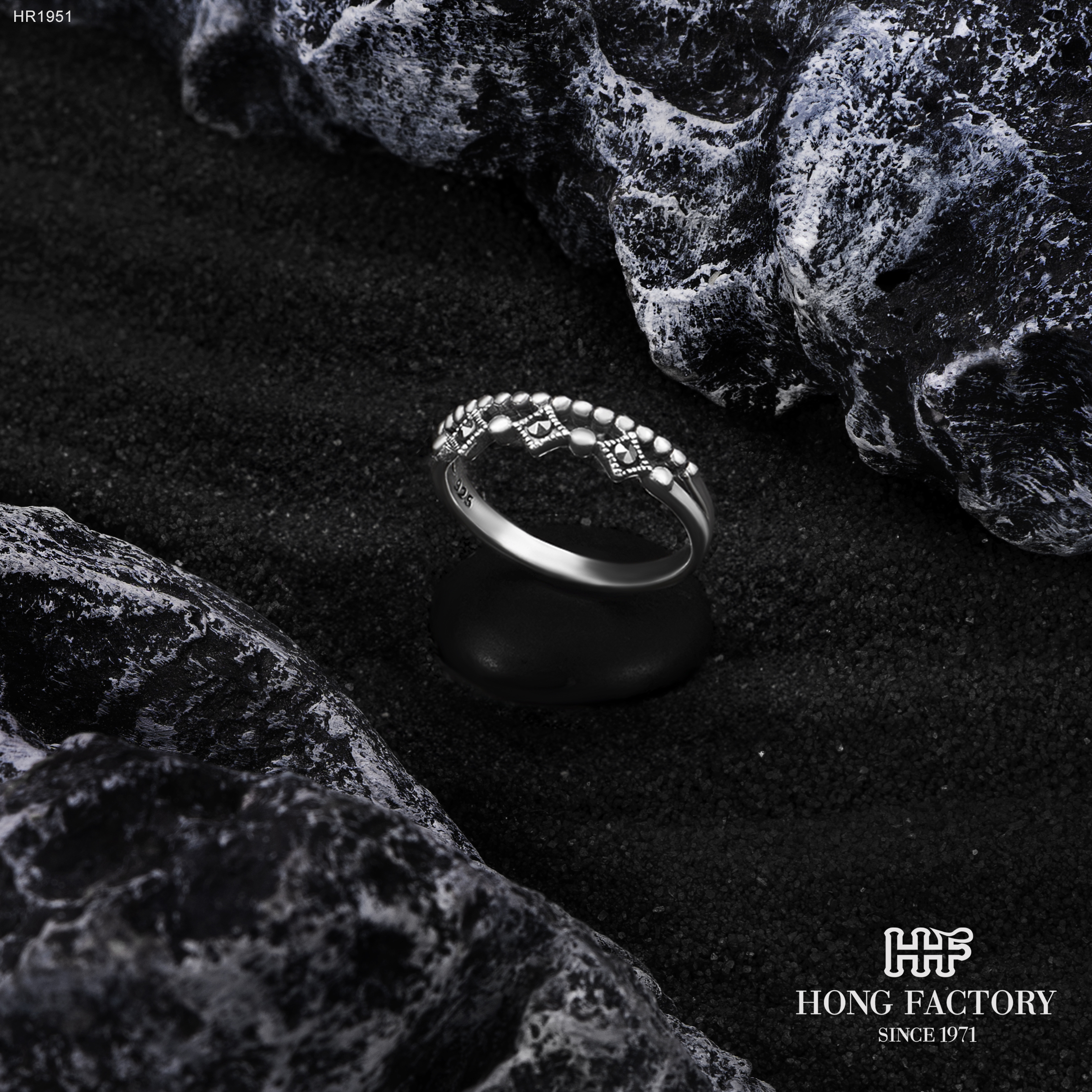When shopping for silver jewelry, many buyers come across the terms “925” and “pure silver.” While both are beautiful and valuable, they are not the same. Understanding the difference between sterling silver 925
and pure silver is essential for making the right jewelry choice, especially when investing in rings. This article explains what sets them apart, how they perform in daily wear, and which option may be best for you. 925

What Is Sterling Silver 925?
Sterling silver, also called 925 silver, is made of 92.5% pure silver and 7.5% alloy metals, usually copper. The hallmark “925” stamped on a ring confirms this composition. The addition of alloys gives sterling silver durability and strength, making it suitable for jewelry that is worn every day. Without these alloys, silver would be too soft to maintain its shape over time.
What Is Pure Silver?
Pure silver
Pure silver, also known as fine silver, contains 99.9% silver and almost no other metals. While it is the highest grade of silver available, it is very soft and malleable. This softness makes pure silver less practical for rings and other jewelry that need to withstand daily wear. Pure silver is often used in coins, collectibles, or specialized items rather than everyday accessories.
Key Differences Between 925 and Pure Silver
- Composition: Sterling silver has 92.5% silver with alloys, while pure silver is 99.9% silver.
- Durability: Sterling silver is stronger and better for daily wear. Pure silver can bend or scratch easily.
- Tarnish: Sterling silver is more prone to tarnish because of the copper content. Pure silver resists tarnish better but can still dull over time.
- Appearance: Both look shiny and elegant, but pure silver may have a slightly brighter finish.
- Practical Use: Sterling silver is ideal for rings, earrings, and bracelets. Pure silver is often reserved for display items.

Why Sterling Silver 925 Is More Popular in Rings
A ring must be durable enough to handle frequent use, exposure to skin oils, and occasional bumps or scratches. This is why jewelers prefer sterling silver over pure silver. The alloy blend gives it the strength needed to hold gemstones, maintain shape, and last for years.
Maintenance Considerations
Both sterling silver and pure silver require care, but in different ways:
- Sterling Silver 925: Needs regular polishing to remove tarnish caused by copper oxidation.
- Pure Silver: Less tarnish, but softer and more likely to lose shape if not handled carefully.
Cost Differences
Sterling silver is usually more affordable because of its alloy blend, while pure silver, being higher in silver content, may cost slightly more. However, the durability of sterling silver often makes it the better long-term value for jewelry.
Which Should You Choose?
If you want a ring for everyday wear, sterling silver 925 is the best choice because of its durability and affordability. Pure silver may appeal to collectors or those seeking the prestige of nearly 100% silver, but it is not as practical for rings.
Both sterling silver 925 and pure silver are beautiful, valuable metals, but they serve different purposes. Sterling silver offers strength, longevity, and versatility, making it the preferred choice for rings. Pure silver, while more refined, is softer and less suited to everyday jewelry. By understanding the difference, you can choose the right silver that fits your style, lifestyle, and needs.
